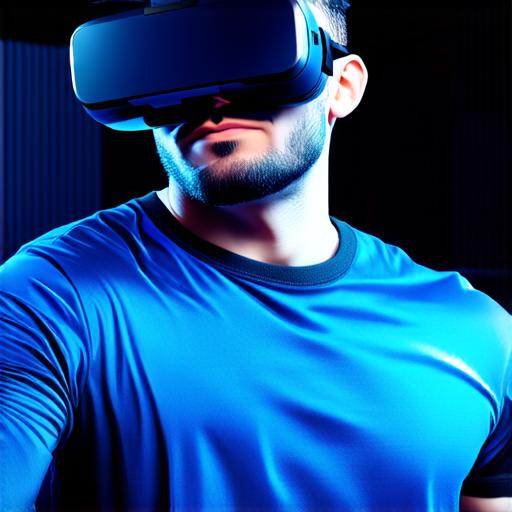
How to use a virtual reality headset

Virtual reality (VR) technology is revolutionizing the way we interact with digital content and each other. As a developer, you may be interested in learning how to use a VR headset, whether it’s for personal use or to enhance your workflow. In this guide, we will walk through the basics of using a VR headset and provide tips on how to optimize your experience.
Choosing the Right Headset
There are several VR headsets available on the market, each with its own features and benefits. Some popular options include the Oculus Rift, HTC Vive, and PlayStation VR. When choosing a headset, consider factors such as resolution, field of view, tracking method, and compatibility with your computer or console.
Setting Up Your Headset
Once you have chosen a headset, it’s time to set it up. This will vary depending on the model, but most VR headsets require a computer or console with a compatible graphics card, as well as a USB or HDMI cable to connect the headset to your device. You may also need to download and install any necessary software or drivers for your headset.
Comfort and Adjustments
One of the most important things about using a VR headset is comfort. The headset should fit snugly on your head without being too tight, and you should be able to adjust the straps and lenses to achieve the right fit. It’s also important to keep in mind that prolonged use of a VR headset can cause motion sickness, so take breaks as needed and avoid moving around quickly while wearing the headset.
Navigating the Virtual World
Once you have set up your headset and are comfortable using it, it’s time to explore the virtual world. Most VR experiences require a controller or handheld device to interact with the environment. You can use gestures or voice commands to navigate through the virtual world, depending on the specific experience. Some VR games also support motion tracking, which allows you to move your body in real-time within the virtual world.
Optimizing Your Experience
To get the most out of your VR experience, there are a few things you can do to optimize your settings. For example, adjusting the resolution and field of view of the headset can improve visual clarity and reduce motion sickness. You can also experiment with different tracking methods, such as using external sensors or infrared cameras, to achieve the best accuracy and reliability.
Best Practices for Development
As a VR developer, it’s important to keep in mind best practices when creating content for the virtual world. This includes designing experiences that are intuitive and easy to navigate, avoiding sudden movements or changes in direction that can cause motion sickness, and testing your creations on a variety of devices and environments to ensure compatibility.
FAQs
* Q: What is the difference between VR and AR?
A: VR creates an entirely immersive virtual environment, while AR overlays digital content onto the real world.
* Q: Can I use my existing computer or console with a VR headset?
A: Yes, most VR headsets are compatible with a wide range of devices, including computers and consoles. However, you may need to check the specific requirements for your chosen headset.
* Q: How do I prevent motion sickness while using a VR headset?
A: Take breaks as needed, adjust the settings on your headset to reduce visual distortion, and avoid moving quickly or making sudden changes in direction while wearing the headset.
Conclusion
Virtual reality technology is still relatively new, but it’s already having a major impact on the way we interact with digital content and each other.


